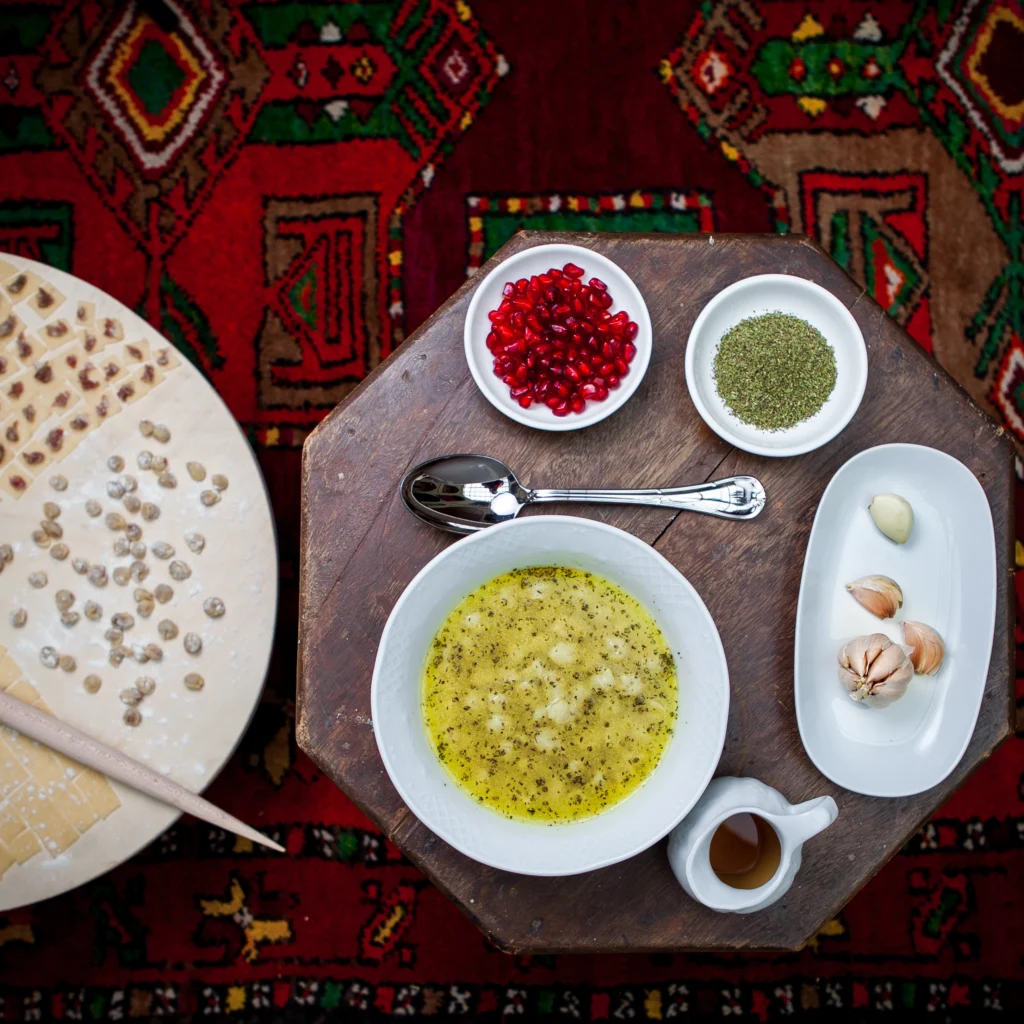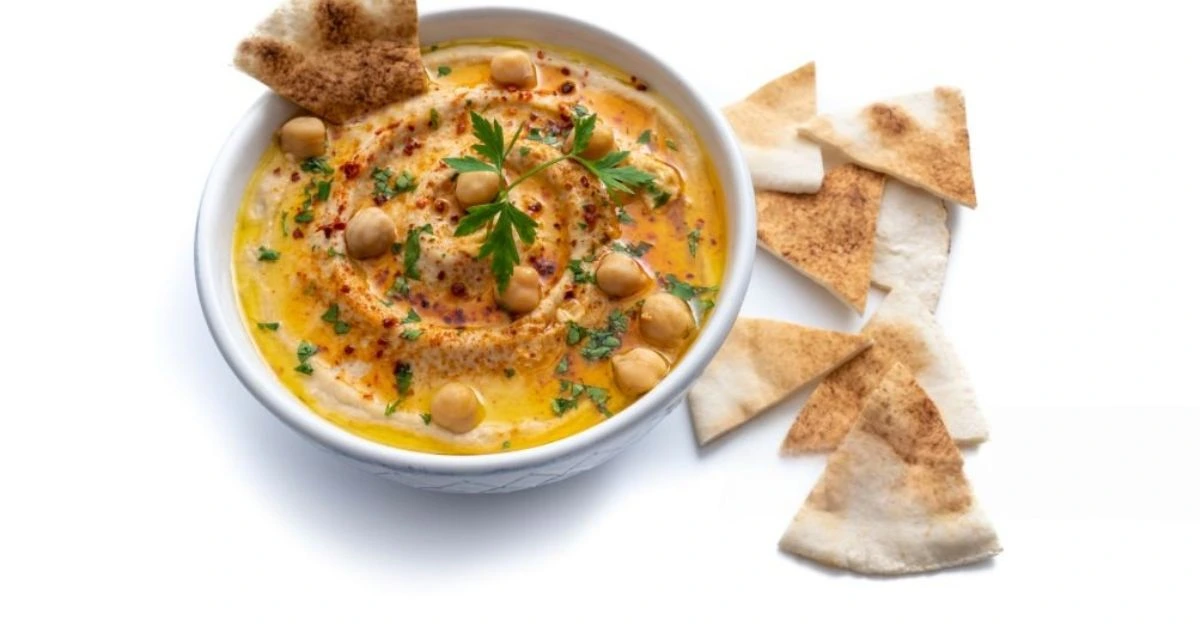Must-Try Lebanese Foods: Explore the Best Classic Dishes
Embark on a culinary adventure to the core of the Mediterranean by discovering Lebanese cuisine. From the vibrant markets of Beirut to the serene Bekaa Valley, Lebanese food captivates palates around the globe. It is celebrated for its bold spices, fresh ingredients, and longstanding traditions. This guide will introduce you to the finest Lebanese dishes that are sure to tantalize your taste buds and leave you craving more.
Lebanese cuisine is a reflection of the country’s diverse culture, merging Mediterranean, Middle Eastern, and French influences. It emphasizes fragrant spices, fresh produce, and the joy of sharing meals with family and friends. As you sample various dishes, you’ll encounter an experience centered on flavor, connection, and fond moments.
Table of Contents
Table of Contents
Key Takeaways
- Discover the rich and varied landscape of Lebanese cuisine, ranging from classic meze plates to grilled delicacies and irresistible desserts.
- Grasp the cultural importance and Mediterranean influences that define the distinct flavors and ingredients within Lebanese cooking.
- Uncover the health benefits associated with the traditional Lebanese diet, which is praised for its nutritional richness and balanced eating practices.
- Go beyond the familiar hummus and falafel to unearth the lesser-known treasures of Lebanese street food and sweet delights.
- Find out where to locate authentic Lebanese restaurants and markets to fully immerse yourself in this enchanting culinary heritage.
Introduction to Lebanese Cuisine and Its Cultural Significance
Lebanese cuisine presents a colorful array of flavors, showcasing the country’s rich heritage. It incorporates fresh ingredients, fragrant spices, and traditional cooking techniques, making Lebanese food a true pleasure to savor.
The Mediterranean Influence on Lebanese Food
Lebanon’s proximity to the Mediterranean Sea has profoundly impacted its culinary offerings. The region’s abundant produce, such as olives, citrus, and seafood, defines its dishes, creating a unique style of Lebanese cooking.
Key Ingredients in Lebanese Cooking
- Olive oil: This essential component adds depth and flavor to numerous Lebanese dishes.
- Herbs and spices: A variety of herbs, including parsley and mint, alongside spices like cinnamon and sumac, are vital in Lebanese cuisine.
- Grains and legumes: Whole grains, particularly bulgur wheat and lentils, often feature in Lebanese recipes, providing a wholesome foundation for many meals.
- Dairy products: Products like yogurt, labneh (strained yogurt), and cheeses, including halloumi, are key components of Lebanese dishes.
Health Benefits of the Lebanese Diet

The Lebanese diet is recognized for its emphasis on fresh, whole foods balanced with essential nutrients. It is abundant in plant-based options, lean proteins, and healthy fats, supporting heart health, weight management, and overall wellness.
Essential Mezze Dishes in Lebanese Food
For food enthusiasts, delving into Lebanese dishes is a thrilling experience. Mezze lies at the heart of Lebanese gastronomy, showcasing the importance of shared meals in social settings.
Mezze consists of a variety of small plates meant to be enjoyed communally, fostering conversation and connection. Here are must-try mezze offerings:
Hummus: This creamy chickpea dip, blended with tahini, lemon, and garlic, is a staple. Pair it with warm pita for a taste of the Levant.
Tabbouleh: A classic Lebanese salad made from parsley, mint, bulgur wheat, tomatoes, and lemon, bursting with fresh flavors.
Fattoush: A salad combining romaine lettuce, toasted pita, and a zesty dressing, providing a delightful crunch that complements the creamy hummus and fresh tabbouleh.
Baba Ganoush: A smoky eggplant dip showcasing how this vegetable can be transformed into a delectable appetizer.
These dishes are just the beginning of your mezze journey, a tradition that gathers people together and celebrates the Mediterranean spirit while indulging in Lebanese cuisine.
Popular Lebanese Main Courses and Grilled Specialties
Exploring Lebanese dishes reveals an array of enticing flavors. From shawarma to shish tawook, these meals exemplify the country’s rich culinary traditions and cooking prowess.
Traditional Meat Dishes
Meat dishes are beloved in Lebanese cuisine. Shawarma, with its aromatic spices and tender meat, is a highlight, while shish tawook, grilled chicken marinated in garlic, lemon, and spices, also enjoys great popularity.
Seafood Specialties
Lebanon’s coast offers a bounty of seafood dishes. Sayadieh, a fragrant fish and rice dish, is a must-try, along with grilled whole fish seasoned with lemon and herbs.
Vegetarian Choices
Mujadara, made with lentils, rice, and caramelized onions, is a vegetarian favorite. Fattoush is a salad featuring lettuce, seasonal vegetables, and pita, dressed in a lemon-garlic vinaigrette. Falafel, crispy chickpea fritters, is cherished as both street food and a vegetarian main course.
Lebanese cuisine truly offers something for every palate—whether you crave grilled meats, seafood, or vegetarian options, each dish provides a delightful culinary experience.
Traditional Lebanese Bread and Pastries
Venture into the realm of Lebanese bread and pastries, where baking holds a special place in culture. Pita, manakish, and sfiha are not only food items; they’re integral to Lebanese hospitality and tradition.
Bread plays a central role in Lebanese meals, symbolizing generosity. Pita, known for its soft pockets, can be stuffed with an array of flavorful fillings, from za’atar to cheese-stuffed manakish.
Lebanon is also home to a fantastic variety of pastries that tantalize the senses. Sfiha, sometimes referred to as “Lebanese pizza,” features a tender dough layered with meat, tomatoes, and spices. These pastries, along with flaky sweets, highlight the nation’s baking expertise.
These bread and pastry delights are enjoyed daily as well as during special events. The aromas of fresh pita and the flavors of manakish and sfiha are truly satisfying. Exploring Lebanese breads and pastries is an experience not to be missed.
Lebanese Street Food Favorites
Immerse yourself in the vibrant world of Lebanese street food. Savor the aroma of grilled meats and the crunch of fried falafel. These dishes epitomize Lebanon’s culinary heart.
Popular Street Vendors’ Specialties
Indulge in the well-known shawarma—a flavorful meat wrap that is slow-cooked and served in soft pita with tahini sauce, vegetables, and spices. Falafel, crispy and made from chickpeas, is another beloved option, often served in pita with herbs, pickled turnips, and tahini.
Best Times to Enjoy Street Food
- Early morning: Savor kaak, a sesame-seed bread, for an inviting breakfast.
- Lunchtime: Grab a shawarma or falafel sandwich while exploring the streets.
- Evening: Visit night markets for an array of grilled meats, pastries, and desserts.
Where to Find Authentic Street Food
To taste genuine Lebanese street food, seek out the local stalls in Lebanon’s bustling cities. Alternatively, you can find authentic Lebanese restaurants and food trucks around the globe for a true culinary experience.
Authentic Lebanese Desserts and Sweets
Delight in the realm of Lebanese desserts and sweets. Experience treats such as baklava and knafeh, often infused with rose water, orange blossom, and pistachios. These desserts boast rich layers, creamy textures, and just the right balance of sweetness.
Baklava, a staple, features layers of phyllo dough, nuts, and sweet syrup—a delightful combination of crispness, nuttiness, and aromatic sweetness. Knafeh, another crowd-pleaser, showcases its cheese, syrup, and a crunchy topping of pistachios.
Don’t miss ma’amoul, delicate shortbread cookies filled with nuts or dates, which highlight the craftsmanship of Lebanese bakers. Each one is meticulously crafted by hand. Enjoy these sweets and transport yourself to the essence of the Middle East.
FAQ
What are some essential Lebanese food dishes to try?
You shouldn’t miss hummus, tabbouleh, and fattoush, along with baba ganoush, shawarma, and shish tawook. Mujadara and traditional Lebanese breads like pita and manakish are also must-haves.
What are the key components of Lebanese cooking?
Lebanese cooking heavily features olive oil, garlic, and lemon, along with herbs like parsley and mint, bulgur wheat, and chickpeas. Key spices include cinnamon, allspice, and sumac.
What health advantages does the Lebanese diet offer?
The Lebanese diet is considered very healthy, focusing on fresh vegetables, lean proteins, whole grains, and healthy fats. It is rich in antioxidants, fiber, and nutrients that enhance overall health.
What is the significance of mezze in Lebanese dining?
Mezze, or small shared plates, are integral to Lebanese dining culture. They provide an opportunity to enjoy a variety of flavors together and share meals with others.
What are popular Lebanese meat and seafood dishes?
Lebanese cuisine features favorites like shawarma, shish tawook, and kibbeh, while seafood options include samke harra (spicy fish) and fried calamari. Vegetarians will enjoy mujadara.
What traditional Lebanese breads and pastries should I try?
Don’t miss out on breads like pita, manakish, and sfiha. For pastries, baklava, knafeh, and ma’amoul (shortbread cookies) are essential.
What are some well-loved Lebanese street food specialties?
Street food highlights include falafel, shawarma wraps, and kaak (sesame bread), which can be enjoyed throughout the day.
What traditional Lebanese desserts and sweets are popular?
Be sure to try baklava, knafeh (sweet cheese pastry), and ma’amoul (shortbread cookies), which are often flavored with rose water, orange blossom, and pistachios.

